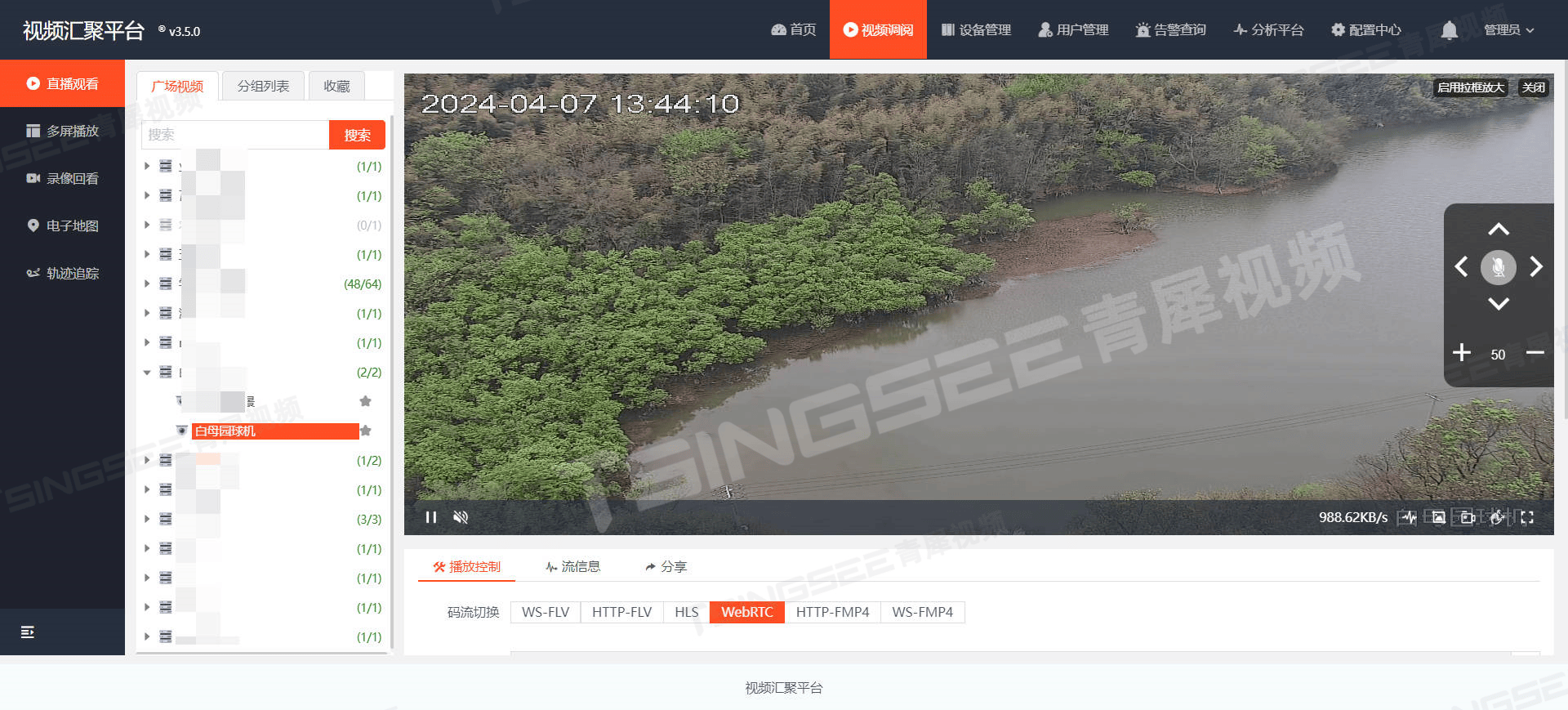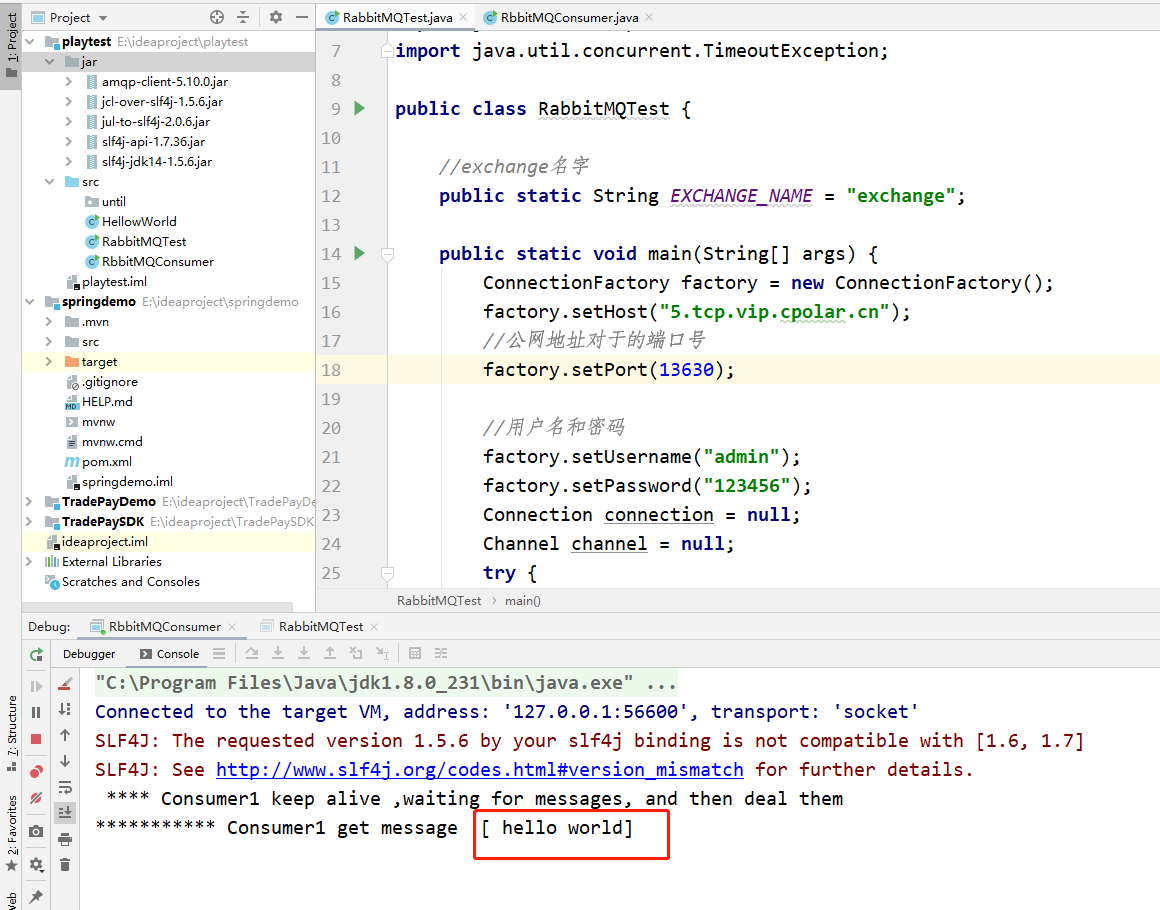文章目录
- 探索Python测试的奥秘:nose库的魔法之旅
- 1. 背景:为什么要用nose?
- 2. nose是什么?
- 3. 如何安装nose?
- 4. 五个简单的库函数使用方法
- 4.1 `nose.tools.assert_true`
- 4.2 `nose.tools.assert_equal`
- 4.3 `nose.tools.raises`
- 4.4 `nose.tools.assert_almost_equal`
- 4.5 `nose.tools.assert_not_equal`
- 5. 场景应用
- 5.1 测试Web API
- 5.2 测试数据库查询
- 5.3 测试文件读写
- 6. 常见Bug及解决方案
- 6.1 测试发现问题
- 6.2 测试装饰器使用错误
- 6.3 测试依赖问题
- 7. 总结

探索Python测试的奥秘:nose库的魔法之旅
1. 背景:为什么要用nose?
在Python的世界里,测试是确保代码质量的关键步骤。而nose库,以其简洁和强大的功能,成为了测试领域的明星。它不仅支持简单的单元测试,还能轻松处理复杂的测试场景。使用nose,你可以快速编写测试,自动化测试流程,甚至在测试中使用装饰器来增加测试的灵活性。
2. nose是什么?
nose是一个Python测试框架,它扩展了unittest的功能,提供了更灵活的测试发现机制和更丰富的插件系统。它允许你使用简单的Python代码来编写测试,而不需要遵循严格的测试类结构。
3. 如何安装nose?
通过命令行,你可以轻松地安装nose。只需打开你的终端或命令提示符,输入以下命令:
pip install nose
这条命令会从Python包索引中下载并安装nose。
4. 五个简单的库函数使用方法
4.1 nose.tools.assert_true
from nose.tools import assert_true
def test_true():
assert_true(1 == 1, "This should be true")
这个测试检查等式1 == 1是否为真。
4.2 nose.tools.assert_equal
from nose.tools import assert_equal
def test_addition():
assert_equal(1 + 1, 2, "1 + 1 should be 2")
这个测试验证1加1是否等于2。
4.3 nose.tools.raises
from nose.tools import raises
@raises(ZeroDivisionError)
def test_divide_by_zero():
1 / 0
这个测试确保除以零会引发ZeroDivisionError。
4.4 nose.tools.assert_almost_equal
from nose.tools import assert_almost_equal
def test_floating_point():
assert_almost_equal(0.1 + 0.2, 0.3, places=5)
这个测试检查两个浮点数是否足够接近。
4.5 nose.tools.assert_not_equal
from nose.tools import assert_not_equal
def test_not_equal():
assert_not_equal(1, 2, "1 should not be equal to 2")
这个测试验证1是否不等于2。
5. 场景应用
5.1 测试Web API
import requests
from nose.tools import assert_equal
def test_api_response():
response = requests.get("http://api.example.com/data")
assert_equal(response.status_code, 200, "API should return status code 200")
这个测试检查API是否返回了200状态码。
5.2 测试数据库查询
import sqlite3
from nose.tools import assert_equal
def test_database_query():
conn = sqlite3.connect('example.db')
cursor = conn.cursor()
cursor.execute("SELECT * FROM users WHERE id=1")
user = cursor.fetchone()
assert_equal(user[1], 'John Doe', "User name should be John Doe")
这个测试检查数据库查询是否返回了正确的用户信息。
5.3 测试文件读写
from nose.tools import assert_equal
def test_file_read():
with open('example.txt', 'r') as file:
content = file.read()
assert_equal(content.strip(), 'Hello World', "File content should be 'Hello World'")
这个测试检查文件内容是否正确。
6. 常见Bug及解决方案
6.1 测试发现问题
错误信息: AttributeError: 'module' object has no attribute 'test_something'
解决方案:
确保所有测试函数都以test_开头。
def test_something():
# your test code
6.2 测试装饰器使用错误
错误信息: TypeError: 'function' object is not iterable
解决方案:
正确使用装饰器。
from nose.tools import raises
@raises(ZeroDivisionError)
def test_divide_by_zero():
1 / 0
6.3 测试依赖问题
错误信息: ImportError: No module named 'some_module'
解决方案:
确保所有依赖模块都已正确安装。
pip install some_module
7. 总结
nose是一个功能强大且灵活的Python测试框架,它通过简化测试代码的编写和执行,提高了测试的效率和质量。通过本文的介绍,你应该对如何使用nose有了基本的了解,并且能够开始在你的项目中应用它来提高代码的测试覆盖率和质量。
如果你觉得文章还不错,请大家 点赞、分享、留言 下,因为这将是我持续输出更多优质文章的最强动力!




















